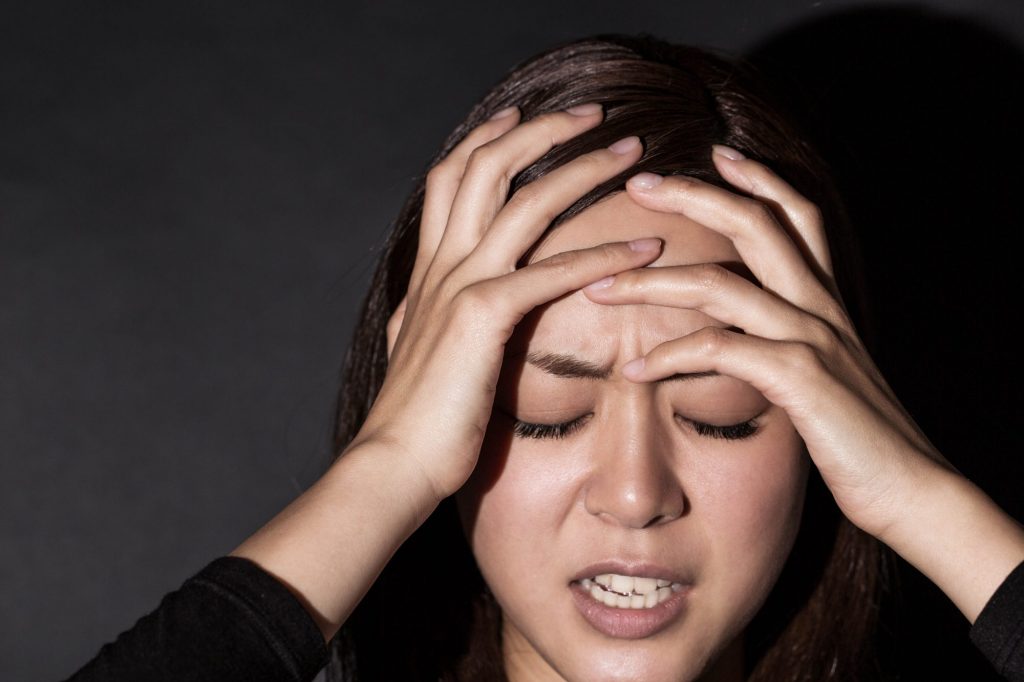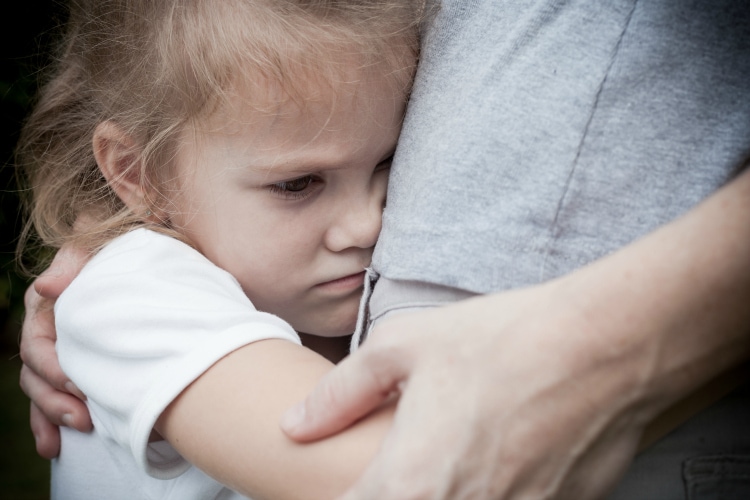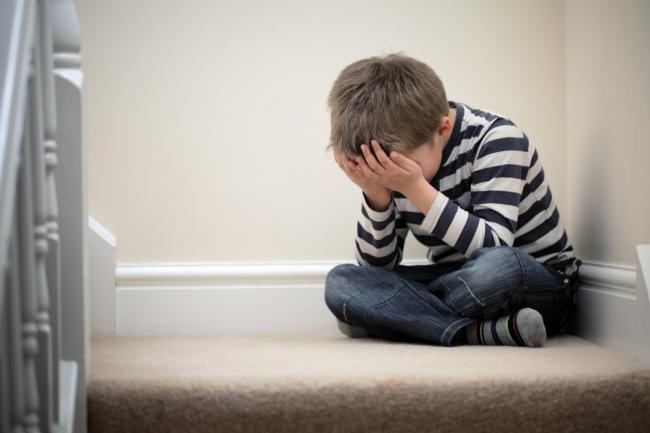
Many misconceptions surround the term “nervous breakdown.” While a nervous breakdown is often used to describe periods when normal functioning is disrupted by extreme stress, the term is not considered an actual medical diagnosis by licensed professional therapists.
Instead, a nervous breakdown is a colloquial phrase that describes symptoms that may represent a number of different psychiatric conditions. The critical characteristic is that these symptoms are intense and make it very difficult for the individual to function normally.
A nervous breakdown is a serious mental health issue that requires prompt, professional treatment. It is triggered by excess stress and a lack of healthy coping mechanisms to manage that stress. The amount of stress that causes a breakdown varies by individual, with some being able to cope longer than others.
The stress causing a nervous breakdown may come from any source and may build up slowly over time or occur all at once. One of the most common triggers for a nervous breakdown is work-related stress.
What is a Nervous Breakdown?
A nervous breakdown occurs when a person is no longer able to function normally, even doing small things like chores or personal hygiene. Although the condition is not an official mental health diagnosis, it can have a serious and negative impact on someone’s life. Going through a nervous breakdown, a person may not be able to work, go to school, take care of family, or do any of their usual activities.
While a nervous breakdown is temporary, it is serious and should be treated as a mental health crisis. An evaluation by a mental health professional can help determine if there is an underlying mental illness contributing to the breakdown that needs to be diagnosed and treated. The evaluation can lead to treatment, often including a short residential stay in a treatment facility followed by ongoing therapy, medication if needed, lifestyle changes, and the regular use of stress coping strategies and relaxation techniques.
Excessive Stress Causes Breakdowns
There may be any number of different factors that trigger a nervous breakdown in an individual, but generally what leads to a breakdown is a buildup of stress, pressure, and anxiety. One person might experience a slow building of stress that over months causes the eventual breakdown, while another experiences one big stressful situation that triggers a crisis.
The commonality is stress and a feeling of being pressured to keep up and to continue to function normally.
Some examples of stress and situations that may lead to a nervous breakdown include:
- Feeling pressure and stress at work, and having a lot of work responsibilities.
- Academic pressure and responsibilities.
- Family duties that become stressful and overwhelming, such as caring for an aging parent or special needs children.
- Taking on too many responsibilities.
- A divorce or loss of children in a custody trial.
- A death in the family.
- The loss of a job or some form of financial hardship
- A traumatic experience.
Poor Stress Coping Skills Lead to Breakdowns
Many people experience high levels of stress, but not everyone will have a nervous breakdown. What leads to a nervous breakdown during the experience of all that stress is an inability or poor ability to cope with and manage stress. Experiencing a lot of stress, in combination with being unable to cope with it in healthy ways, is what really causes nervous breakdowns.
It is important to remember, though, that even people who are generally good at coping with stress can reach a breaking point. It simply may take more stress for these people to have a breakdown.
Managing and coping with stress is something that everyone does, but not always in healthy ways. Some people may react to stress in negative ways, such as withdrawing from friends and family, turning to drugs or alcohol, yelling at other people, binge eating, or other unhealthy responses.
These do not help to mitigate stress or manage it, and ultimately without good, positive coping strategies, a person under a lot of stress is likely to have a breakdown.
Nervous Breakdown Risk Factors
Stress and an inability to cope with it is the general cause of having a nervous breakdown. This can be highly individualized, though, with different types and amounts of stress affecting people differently.
There are certain risk factors that make some people more vulnerable to ultimately having a nervous breakdown, including:
- Taking on a lot of responsibilities at home and elsewhere.
- Being a perfectionist and having a high-achieving personality.
- Feeling a need to be in control and struggling to give responsibilities to others.
- Having a pessimistic outlook on life, in general.
- Working long hours.
- Not sleeping enough.
- Lacking a good social support system and close relationships.
- Lacking healthy coping mechanisms or engaging in unhealthy ones.
- Having an untreated mental illness.
Making lifestyle changes is one of the most important things a person can do to recover from a nervous breakdown and to prevent a future breakdown. Making these changes involves looking at the risk factors that led up to the breakdown and finding ways to change them. For instance, a person may decide to work fewer hours, go to bed earlier, and make more time for socializing with friends and family.
Work Stress is a Common Trigger for Nervous Breakdowns
Stress caused by one’s job is a common cause, or at least a factor, in many nervous breakdowns. A nervous breakdown triggered by work stress may also be called burnout syndrome. It is characterized by exhaustion and fatigue, reduced performance at work, feeling depersonalized or detached from work, and other symptoms of nervous breakdown.
General factors that may occur in any kind of work and that contribute to burnout of a nervous breakdown include:
- Being overworked and working long hours.
- Feeling unappreciated at work.
- Doing work that is not meaningful or that is repetitive and not challenging.
- Having a poor understanding of job expectations and duties.
- Having expectations that are overly demanding.
- Lacking control over work.
- Being a poor fit for a particular job or duties.
- Having different values from the company or employer.
- Difficult relationships with co-workers.
- Harassment from a boss or other person in a position of power.
Work is a major contributor of stress for most people and therefore a common cause of nervous breakdowns. Many people are increasingly vulnerable. According to surveys, the average work week for U.S. workers has increased from 40 to 47 hours in recent years. Vacation time, on the other hand, is down, with American workers using fewer of their vacation days than ever before.
Not everyone who feels stress at work will ultimately have a breakdown, but there are many factors that make a breakdown likely. Changing and minimizing work stress is an important way to prevent mental health crises.
Underlying Mental Illness
Stress may be the main trigger for a nervous breakdown, but having a mental illness can make a person more vulnerable to stress and its negative consequences. In many cases of nervous breakdown, an individual has a mental illness that has gone undiagnosed and untreated. Trying to live with that mental illness along with the stresses of daily life can come together to ultimately lead to a breakdown.
There are two common mental illnesses that often underlie nervous breakdowns:
- Anxiety Disorder. Anxiety disorders are among the most common mental illnesses. There are different types of anxiety disorders, such as generalized anxiety and social anxiety, but all are characterized by feeling worried, nervous, anxious, and stressed to an unusual degree. Someone with this condition feels anxious, often to the extreme and for extended periods of time. These negative feelings interfere with normal daily activities. Untreated and combined with a lot of stress, this can trigger a nervous breakdown.
- Major Depression. Depression is another common mental illness and amood disorder that makes a person feel sad, hopeless, and fatigued persistently and often for weeks at a time. It is a depressed mood that cannot be easily overcome. Without getting diagnosed and treated, depression can easily be a triggering factor in a nervous breakdown and an inability to function normally.
Being evaluated, diagnosed, and then treated for any mental illness is crucial for overall good health, but in the case of a nervous breakdown it can be preventative. Many of the symptoms of these two mental illnesses mirror those of a nervous breakdown and often occur together. Anyone who experiences a nervous breakdown should be evaluated to determine if there is an underlying condition that needs to be addressed as part of ongoing treatment and recovery.
A nervous breakdown is ultimately caused by an inability to cope with large amounts of stress, but how that manifests exactly varies by individual. Work stress, mental illness, family responsibilities, and poor coping strategies are all things that can lead to a nervous breakdown and the inability to function normally.
The good news is that nervous breakdowns are treatable and manageable. With quality treatment by professional therapists and with good follow up care, lifestyle changes to reduce stress, and care for mental illnesses, full recovery is possible.
We are always here to help the people residing in McKinney, Plano, Dallas, Denton, Allen, Garland, and the surrounding communities found throughout Texas. If you believe that you are in the midst of experiencing a nervous breakdown, or you know someone who may be, please contact our certified therapist team at Foundations Counseling today.




 Types of Childhood Anxiety Disorders
Types of Childhood Anxiety Disorders



